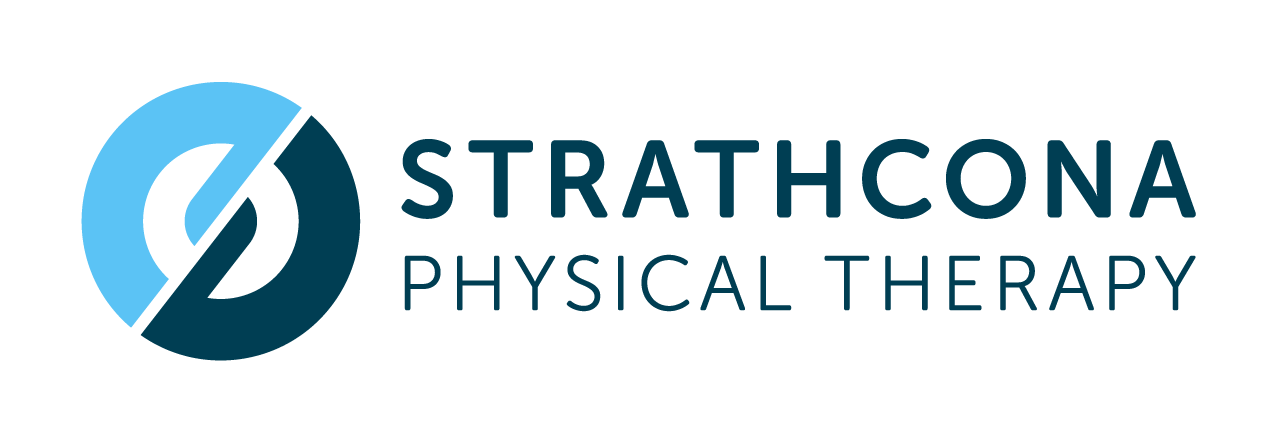You Can’t Skip Plyos: Why (Smart) Jump Training Belongs in Your Program
Plyometrics—jumps, hops, bounds, rapid throws—train the stretch-shortening cycle (SSC): a quick “load then explode” that turns elastic energy into speed and control. When programmed well, plyos don’t just make you jump higher; they sharpen landing mechanics, improve joint stiffness where you need it, reduce common injury risk factors, and even support bone health.
What plyometrics actually do
Power and speed: Structured plyo blocks reliably improve jump height, sprint performance, change-of-direction, and balance across ages and sports.
Movement quality & injury risk factors: Landing practice reduces knee valgus and improves force absorption—core pillars in ACL-prevention frameworks.
Tendon & neuromuscular adaptations: Plyos increase tendon stiffness and shift activation earlier in braking, helping you store and release energy efficiently.
Bone benefits: Repeated, brief jumping loads are osteogenic when dosed and progressed—valuable for hip/spine sites in adults.
Not just for the young: Older adults can safely improve function with graded, low-dose plyos.
Gender differences, and joint-specific needs
Sex differences: When volume and intensity are matched, men and women show broadly similar gains. Program to the person, not the gender.
Knees: Many women show more dynamic valgus under load; emphasize bilateral → unilateral progressions, frontal-plane control, and “knees track over toes.”
Ankles/Achilles: Runners and field athletes benefit from fast-SSC drills (pogos, line hops) progressed gradually and paired with calf/soleus strength.
Hips/lumbopelvic control: If back/hip sensitivity is present, bias vertical patterns (goblet/squat jumps) before big lateral bounds.
Bone density focus: For adults with lower BMD, short sets of vertical jumps with careful landings, 2–3×/week, layered onto resistance training, are effective.
How to program: frequency, load, volume:
Treat plyos like heavy lifting for your SSC: plan them, tally them, recover from them.
Frequency
2–3 sessions per week, with 48–72 hours between higher-intensity days.
Volume (ground contacts per session)
Count every landing as a “contact.”
Beginner: ~60–100
Intermediate: ~100–120
Advanced: ~120–140
Quality beats quantity—stop before form fades.
Load & intensity:
Progress from slow SSC (longer contact times: squat jumps, submax bounds) to fast SSC (short contacts: pogos, low hurdle hops). Adjust intensity via jump height, external load, single- vs double-leg, approach speed, and surface.
Simple session template
Brief tissue prep and landing patterning
Low-height take-offs/landings (perfect mechanics)
Primary power sets (3–6 sets of 2–5 reps, full intent, full recovery)
Optional contrast with sprints or heavy lifts
Stop while landings are still quiet and crisp
Practical guardrails:
Surface & shoes: Choose sprung floors, turf, track, or grass; avoid harsh concrete. Wear shoes that let you feel the ground but buffer hard spikes in load.
Strength pairs well: Heavier slow resistance in the same training block supports safer, better plyo outcomes.
Recovery matters: Tendons and bones adapt to regular, modest doses—keep sessions short and consistent, not sporadic marathons.
Return-to-sport or older adults: Start with micro-doses (e.g., 2–3 sets of 5–8 pogo contacts, box step-offs to soft sticks); add contacts only when landings stay “quiet” and joints are calm the next day.
Example week (intermediate)
Day 1 (fast SSC focus): 3×10 pogos, 3×6 low hurdle hops, 3×5 single-leg line hops/side (full rest) → ~90 contacts.
Day 2 (strength): Squat/hinge/calf raises.
Day 3 (slow SSC + COD): 4×5 countermovement jumps, 3×4 broad jumps, 4×10 m decel-to-stick shuttles → ~70–90 contacts.
Day 4: Tempo runs or sport practice.
Progress one variable at a time—height or contacts or complexity—never all three at once. Track contacts, how “quiet” your landings sound, and next-day tendon/joint feel.
Bottom line: You can’t skip plyos. They’re the bridge between strength and usable, real-world power—and when dosed intelligently, they build durability, not just explosiveness.
References
Barrio, E. D., et al. (2023). Plyometric jump training exercise optimization for maximal power, force, rate of force development, and jump height: A systematic review with meta-analysis. Sports Medicine-Open.
Cao, S., et al. (2024). Effects of plyometric training on physical fitness and skill-related performance in female basketball players: Systematic review and meta-analysis. Frontiers in Physiology.
Davies, G., et al. (2015). Current concepts of plyometric exercise. International Journal of Sports Physical Therapy, 10(6), 760–786.
Florence, G. E., et al. (2023). Skeletal site-specific effects of jump training on bone mineral density and turnover in adults: A meta-analysis. Osteoporosis International.
Haque, I., et al. (2024). Effects of high-velocity resistance training on bone mineral density in older adults: Systematic review and meta-analysis. Bone.
Kons, R. L., et al. (2023). Effects of plyometric training on physical performance: An umbrella review of meta-analyses. Sports Medicine-Open.
Kubo, K., et al. (2017). Effects of plyometric vs. isometric training on muscle–tendon complex properties. Journal of Applied Physiology, 122(3), 580–587.
Lazarczuk, S. L., et al. (2022). Mechanical, material and morphological adaptations of human tendon to training and detraining: A systematic review. Sports Medicine.
Lu, G., & Duan, Y. (2024). Sex differences in adaptations to upper-body plyometric training. Scientific Reports, 14, 18765.
Moran, J., et al. (2023). Plyometric jump training and lower-limb stiffness: A systematic review and meta-analysis. Journal of Sport and Health Science.
National Strength & Conditioning Association. (n.d.). Plyometric exercise programming guidelines.
Richardson, M. C., et al. (2024). Effect of surface on knee landing mechanics and ACL injury risk during jump training. Physical Therapy in Sport.
Vetrovsky, T., et al. (2018). Efficacy and safety of lower-limb plyometric training in older adults: A systematic review. Sports Medicine, 49(1), 113–131.
Zhou, J. Y., et al. (2024). Plyometric training improves jump, sprint, change-of-direction, and balance in youth basketball: Meta-analysis. Frontiers in Physiology.
